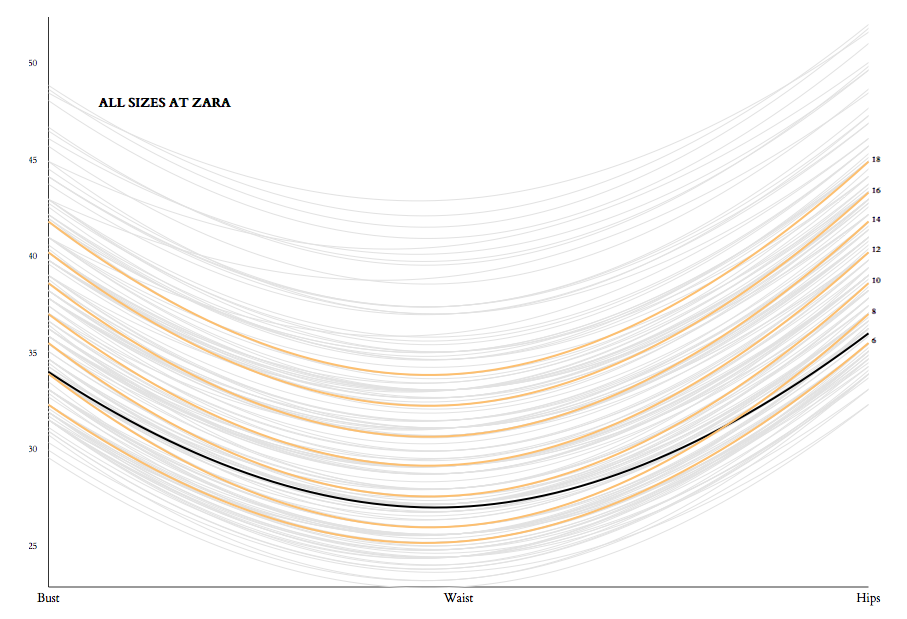Thoughts around an uplifting point
Y's by Yohji Yamamoto
Oversized short-sleeved button up shirt in white cotton. High-low hemline. Oxford collar.
Single box pleat at back yoke.
Single box pleat at back yoke.
photo from TotoKaelo
"I think clothes should be made from the back, and not the front.
The back supports the clothes,
and so if it is not properly made,
the front cannot exist."
Yohji Yamamoto
Yohji Yamamoto: Talking to Myself
2002

Ballet professor Wayne Byars, when talking to dancers about how to hold one's body, describes two imaginary lines:
- a horizontal line going from shoulder to shoulder
- a vertical line going from head to lower back, following the spine
The intersection of these 2 lines is an imaginary point.
Wayne directs students towards the mental representation and lifting of this point upward, to carry the body in the best manner - freeing it for dance, and by extension, for life.
Photo from a Philippe Genty puppeteering workshop
cropped from an original by Elena Mesa Alonso of the company Micro-Troupe
- one handle located in the higher back, roughly at the intersection of shoulder line and spine
- the other handle located at the back of the head, at mid-height.
The resulting movement of these puppets is extremely realistic and graceful, mimicking humans in a disturbingly accurate way.
Stay pattern, full, back view
based on an engraving from The Art of the Tailor
by François-Alexandre-Pierre de Garsault, Paris, 1769
"It should not bend,
but accomodate the body it holds within,
without altering its shape,
while at the same time supporting it
and preventing it from acquiring bad postures"
François-Alexandre-Pierre de Garsault
Art du Tailleur
1769


























